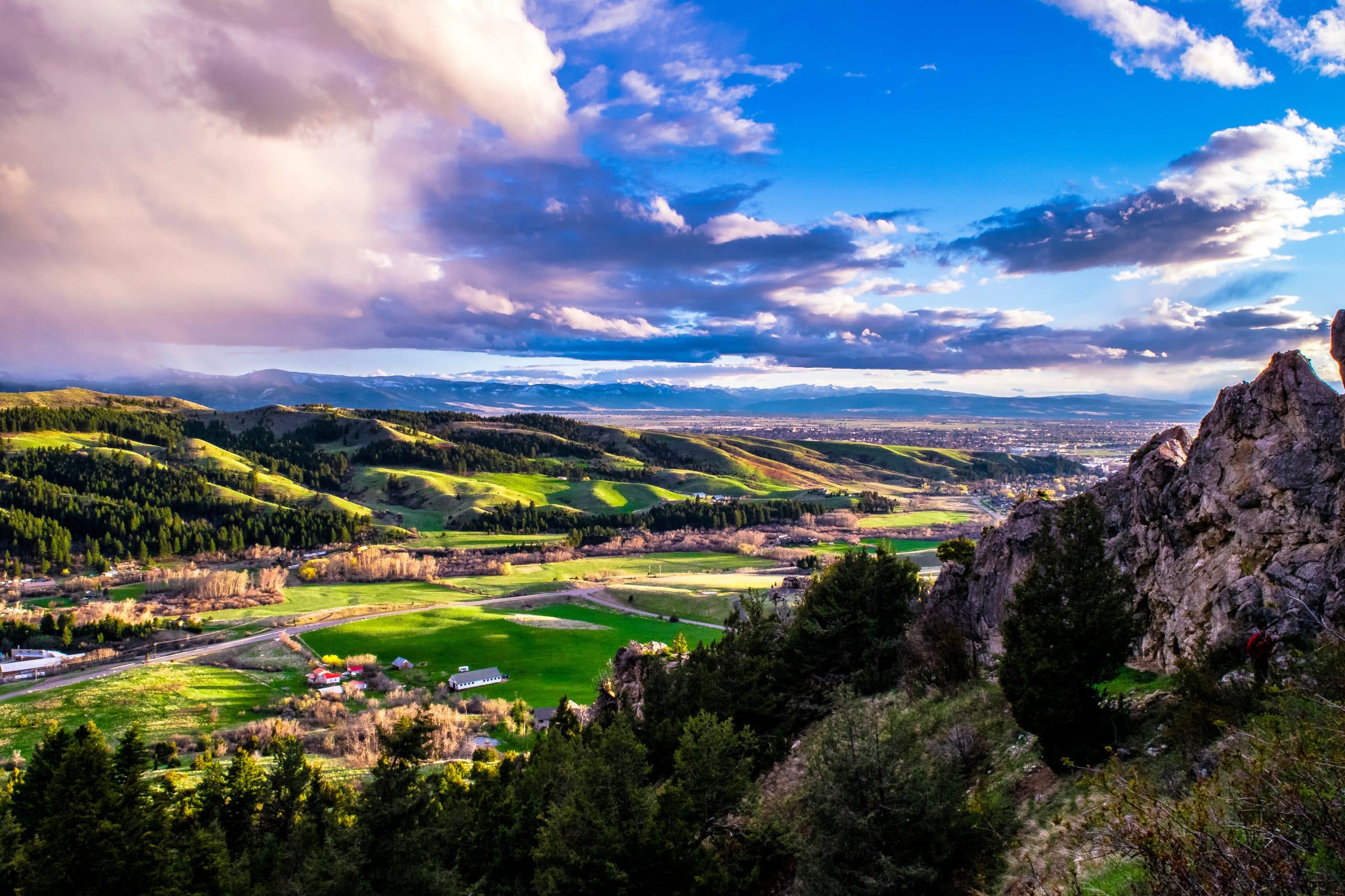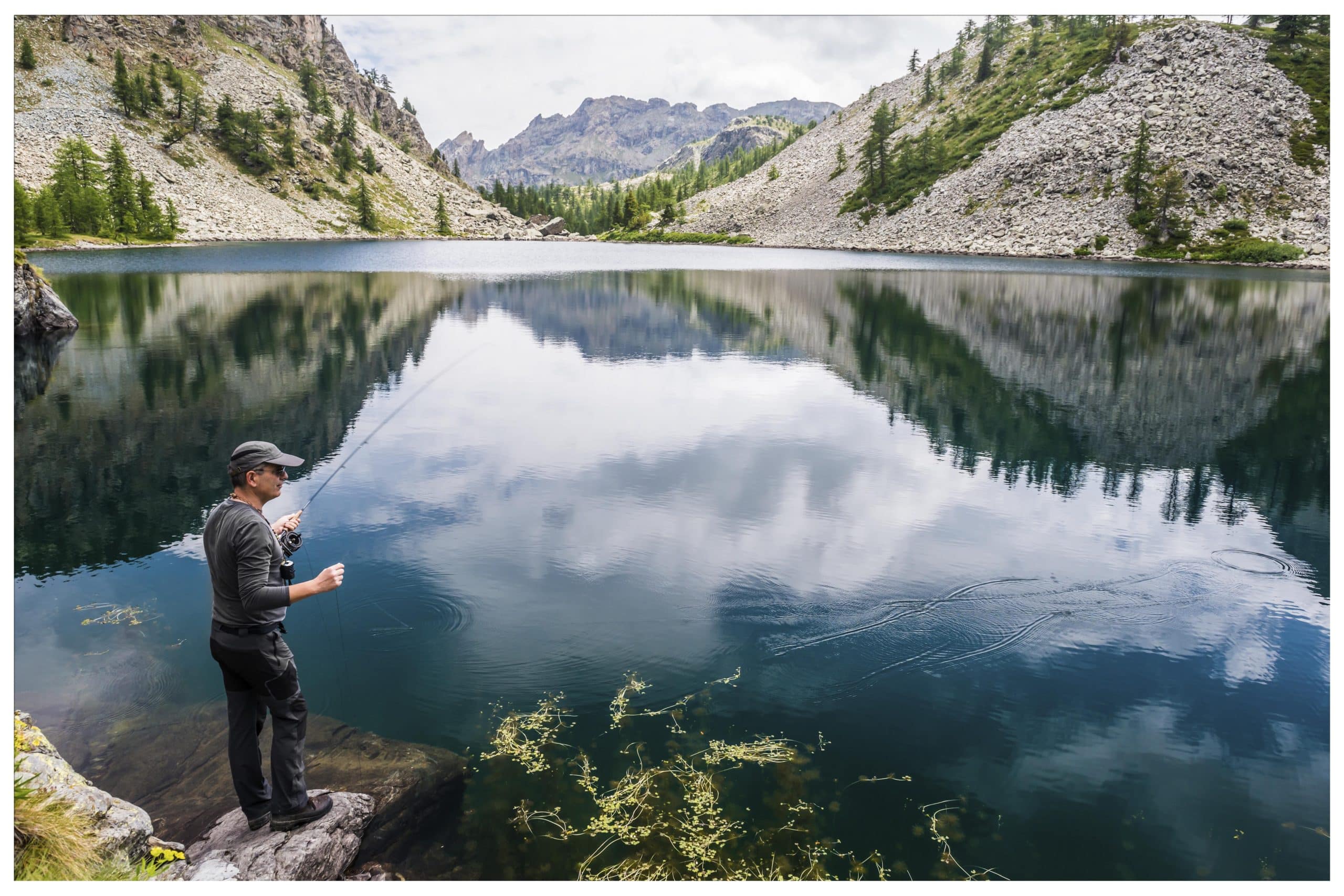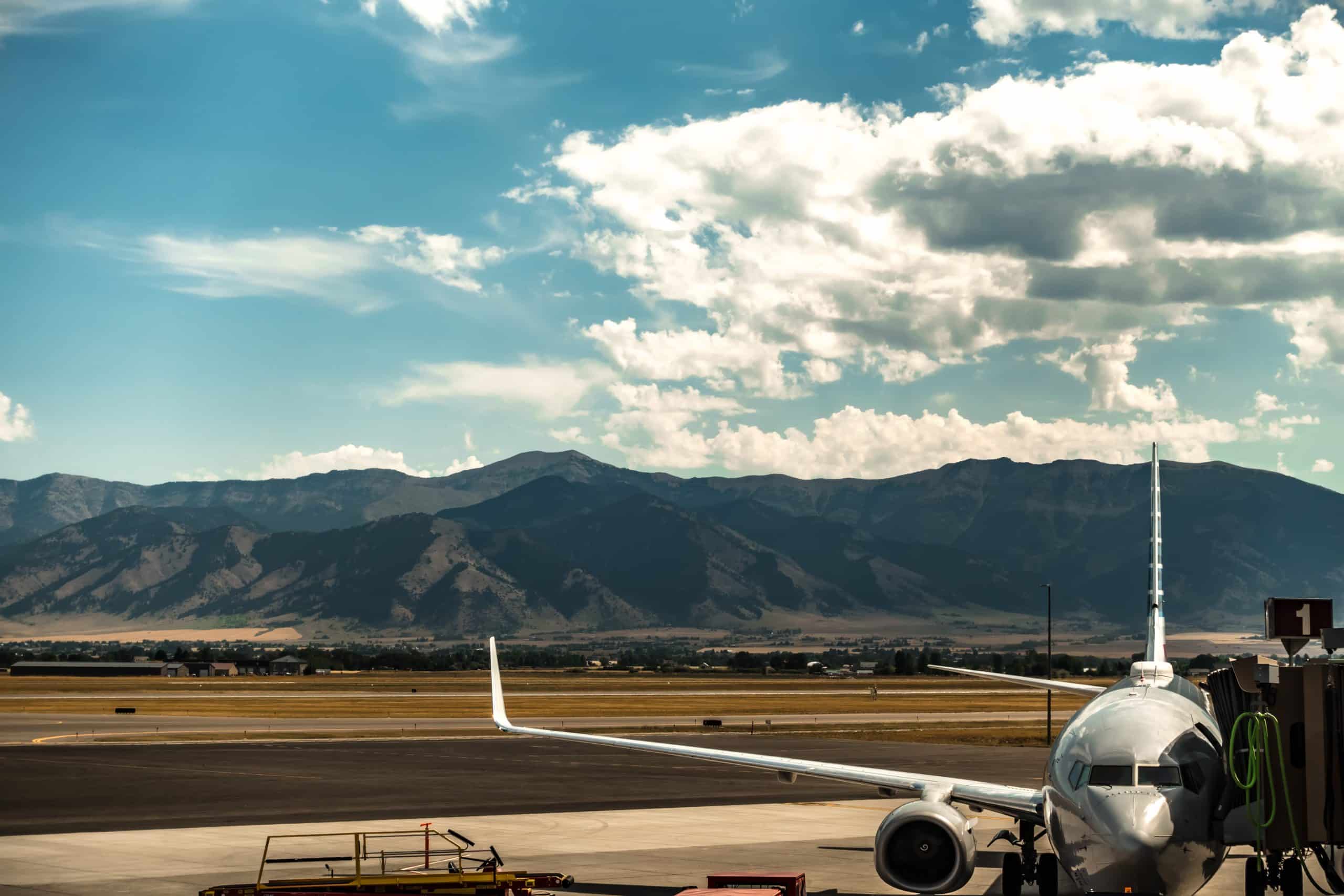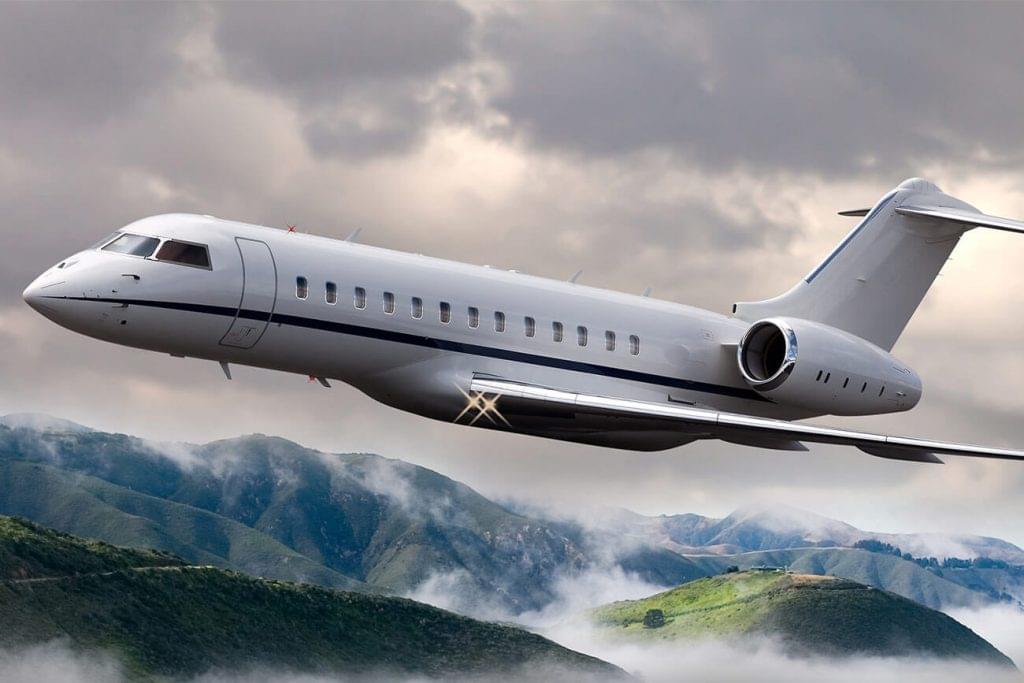Bozeman, Montana, experiences a continental climate characterized by cold, snowy winters and warm, relatively dry summers.
Spring (March – May): Spring can be unpredictable with a mix of rain and snow. Temperatures gradually increase, with May highs typically in the 60s °F (15 – 20 °C). It’s generally a quieter time for tourism, so it can be a good opportunity to avoid crowds.
Summer (June – August): Summers are warm with high temperatures typically in the 70s to 80s °F (21 – 27 °C). Evenings can be cool due to the elevation. This is a popular time for outdoor activities like hiking, biking, and fishing, as well as for visiting nearby Yellowstone National Park.
Fall (September – November): Fall brings cooler temperatures and changing foliage, particularly noticeable in late September and October. The weather can change rapidly, so be prepared for a range of conditions.
Winter (December – February): Winters in Bozeman are cold with plenty of snow. High temperatures are generally in the 20s to 30s °F (-6 – 1 °C). This is a popular time for winter sports, with several nearby ski resorts including Bridger Bowl and Big Sky.
The best time to visit Bozeman depends on your preferred activities. Summer is the most popular time for outdoor activities and visiting Yellowstone. Fall offers beautiful colors and fewer tourists. Winter is great for skiing or snowboarding. Spring is quieter but can be good for activities like fly fishing.







